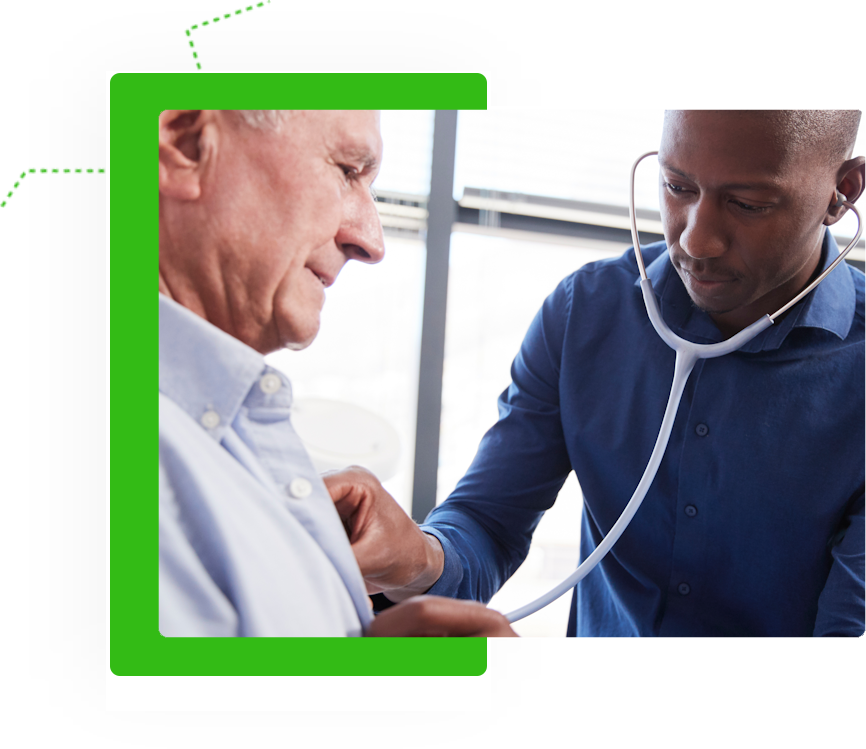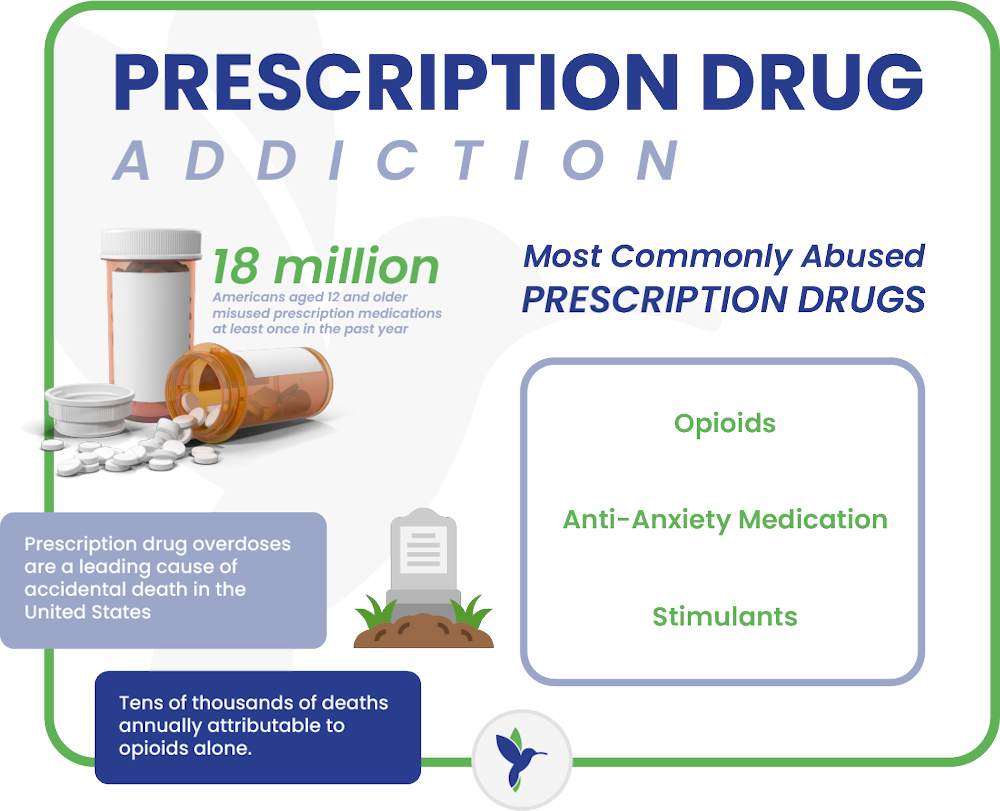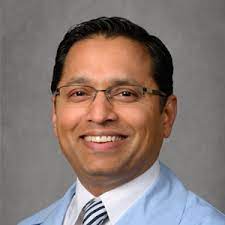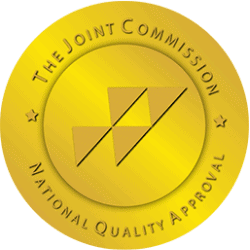Prescription Drug Addiction
When taken as prescribed, prescription medications serve a real medicinal purpose in healing the body and mind. However, prescription drugs can become extremely dangerous when misused or abused.
Despite them being prescribed, someone can endure harmful side effects or need detox if they become addicted to them. Whether it’s staying on prescription medicine for longer than necessary or using recreationally, prescription drug abuse carries serious risks over both the short and long term. And long-term abuse can easily lead to physical dependency and addiction.
Abusing prescription drugs is the taking of a prescribed medication in a manner or dose outside of what has been prescribed, like more of the drug than is recommended. Other forms of prescription drug abuse are taking someone else’s prescription medication or taking a prescription medication to feel the “high” of taking it. The term “non-medical use of prescription drugs” also refers to prescription drug abuse.
Of course, most people take prescription medication responsibly and with proper medical supervision. However, prescription drug abuse has increased over the last 20 or so years, especially among teens and young adults. Drug abuse tends to occur across all social, economic, geographic, and ethnic groups.
Abuse of prescription medications carries severe medical consequences. Over the past 20 years, this form of substance abuse has resulted in an explosion of visits to hospital emergency rooms. It has also led to deaths by overdose involving prescription drugs and admissions to detox and drug rehab facilities. According to the National Institute on Drug Abuse, nationwide drug overdose deaths involving prescription painkillers alone rose from 3,442 in 1999 to more than 16,000 in 2020.

- 1% (or approximately 14.3 million people) reported abusing any prescription psychotherapeutic drug within the past 12 months.
- 3% (or about 3.7 million people) reported misusing stimulants in the past year.
- 7% (or roughly 4.9 million people) reported misusing tranquilizers or sedatives over the same period.
- 4% (or around 3.9 million people) reported abusing benzodiazepines in the past 12 months.
- 1% (or approximately 8.7 million people) reported abusing pain relievers within the last year.

Commonly Abused Prescription Medications
Examples: Pentobarbital sodium (Nembutal), diazepam (Valium), alprazolam (Xanax)
Doctors typically prescribe depressants, also known as sedatives, to treat anxiety and sleep disorders. These medications work by slowing down normal brain function, resulting in a calming effect on the body. When taken as directed, depressants can help alleviate symptoms of anxiety and promote restful sleep.
The effects of taking depressants include feelings of drowsiness and discoordination, which can impair motor skills and lead to poor judgment. At higher doses, depressants can slow breathing significantly, posing serious health risks. In extreme cases, this can lead to respiratory depression and potentially result in a coma.
Long-term abuse of depressants can lead to physical dependence and addiction, making it difficult for individuals to function without the medication. Chronic misuse can also exacerbate mental health issues and contribute to a decline in overall well-being.
Examples: Methylphenidate (Ritalin), dextroamphetamine (Dexedrine), amphetamines, and dextroamphetamine (Adderall, Concerta)
Stimulants are commonly prescribed to treat attention-deficit hyperactivity disorder (ADHD) due to their ability to increase focus and concentration. These medications work by elevating blood pressure and heart rate, providing a stimulating effect on the nervous system.
However, the misuse of prescription stimulants is a growing concern, particularly among older teens and college students. Substance abuse involving these drugs often stems from the desire to enhance academic performance or increase energy levels. High doses of stimulants can result in dangerously high body temperatures and increase the risk of cardiac arrest. These severe health consequences highlight the significant risk factors associated with stimulant abuse.
Long-term misuse of stimulants can lead to physical dependence and addiction, making it challenging for individuals to function normally without the drug. The cycle of dependence often exacerbates mental and physical health problems, contributing to a decline in overall well-being. It’s crucial to understand why individuals abuse prescription drugs and implement strategies to mitigate these behaviors and promote healthier alternatives.
Examples: Morphine, codeine, oxycodone (OxyContin), hydrocodone (Vicodin), and meperidine (Demerol)
Prescription opioids, also known as narcotics or opioid painkillers, are powerful medications used to manage severe pain. While effective for pain relief, these drugs carry a high potential for addiction and misuse.
Painkillers work by binding to opioid receptors in the brain and spinal cord, blocking pain signals and producing a sense of euphoria. However, a large single dose can cause severe respiratory depression, which can be fatal. This risk is particularly concerning given that opioid abuse is prevalent among teens, including younger teens, who may experiment with these substances.
The misuse of opioids can quickly lead to opioid addiction and opioid use disorder, conditions characterized by an inability to control opioid use despite harmful consequences. Individuals who abuse these drugs often develop a physical dependence, experiencing withdrawal symptoms when they attempt to stop or reduce their intake. These symptoms can include intense cravings, anxiety, sweating, nausea, and muscle pain, making it extremely challenging to quit without medical assistance.
Long-term abuse of painkillers not only leads to physical dependence but also exacerbates mental health issues, disrupts personal relationships, and diminishes overall quality of life. Addressing this crisis requires comprehensive strategies that include education, prevention, and access to treatment for those struggling with opioid use disorder.
Effects of Prescription Drug Addiction
In this way, prescription drug misuse is not much different than alcohol or illicit drug abuse, sex, gambling, or overeating. Any pleasurable activity done in excess floods the brain’s reward center with dopamine, resulting in addiction. Over the short term, these effects can negatively impact the body’s ability to function properly.
Short-term effects of prescription substance abuse include:
- Constipation
- Diarrhea
- Drowsiness
- Accelerated or decelerated heart rate
- Increase in body temperature
- Visual disturbances
- Nausea and vomiting
- Respiratory depression
- Coma
The long-term effects of prescription drug abuse happen after repeatedly abusing one or more drugs. Drug dependence and addiction are some of the most common long-term effects, but others include:
- Drug tolerance
- Withdrawal symptoms when not taking the drug
- Increased risk of overdose
- Changes in weight and appearance
- Long-term health implications to the heart, liver, and kidneys
Florida’s Opioid Epidemic
Sadly, the majority of these deaths involved doctor-prescribed painkillers. The U.S. Centers for Disease Control and Prevention (CDC) reported that Florida saw 3,228 opioid-related deaths in 2015, marking a 23% increase from 2014. This works out to more than eight opioid-related deaths every day.
One of the reasons for the seriousness of the problem is that more than half of those addicted to opioids do not seek or receive help. Opioids are highly addictive drugs that doctors prescribe to treat pain. In recent years, however, it has been discovered that many people taking prescription opioids for as little as 30 days developed drug dependency and addiction.

How the Sunshine State is Combating Prescription Drug Misuse
In May 2017, Florida Gov. Rick Scott officially declared an opioid-related state of emergency, and Surgeon General Celeste Philip declared that opioid abuse was a public health emergency. That same day, the Florida Senate approved a bill that would create more stringent penalties for individuals who illegally sell synthetic drugs. One example is fentanyl, which is 80 to 100 times more potent than morphine. Despite these and other measures, overall drug-related deaths continue to rise across Florida and the U.S.
How to Prevent Prescription Drug Abuse

Treatment for Prescription Drug Addiction and Substance Use Disorder
These treatments include therapies like individual “talk” therapy, group therapy, relapse prevention, and aftercare planning. Such treatment helps patients change their unhealthy thinking patterns, employ strategies to manage their cravings, and avoid “triggers” to cause the individual to want to engage in substance abuse.
Another, more recent treatment approach known for its effectiveness in treating symptoms of drug withdrawal is medication-assisted treatment or MAT. MAT has been approved by the U.S. Food and Drug Administration as an evidence-based practice that can alleviate the most uncomfortable withdrawal symptoms during detox. MAT has proven especially helpful to people withdrawing from opioids.

Become Free of Prescription Drug Abuse in South Florida
https://nida.nih.gov/publications/research-reports/misuse-prescription-drugs/overview
https://nida.nih.gov/publications/research-reports/misuse-prescription-drugs/what-scope-prescription-drug-misuse
https://nida.nih.gov/publications/research-reports/misuse-prescription-drugs/what-classes-prescription-drugs-are-commonly-misused
https://nida.nih.gov/publications/research-reports/misuse-prescription-drugs/how-can-prescription-drug-addiction-be-treated

Dr. Alam is an internationally renowned psychiatrist with academic affiliations with Northwestern University and University of Illinois, Chicago where he completed his residency training. He has been a principal investigator for over forty studies and has been involved in research leading to the approval of most psychiatric medications currently on the market. He is the founder of the Neuroscience Research Institute which continues to conduct research on cutting edge medication and interventional psychiatry. Dr. Alam is a Distinguished Fellow of the American Psychiatric Association and the American Society of Addiction Medicine. He has won several awards and has been featured extensively on radio and television.








